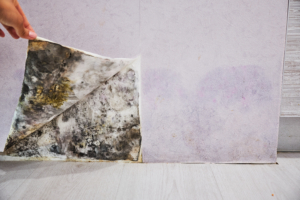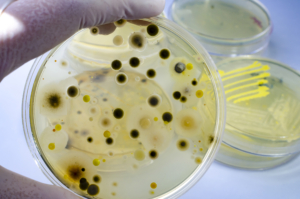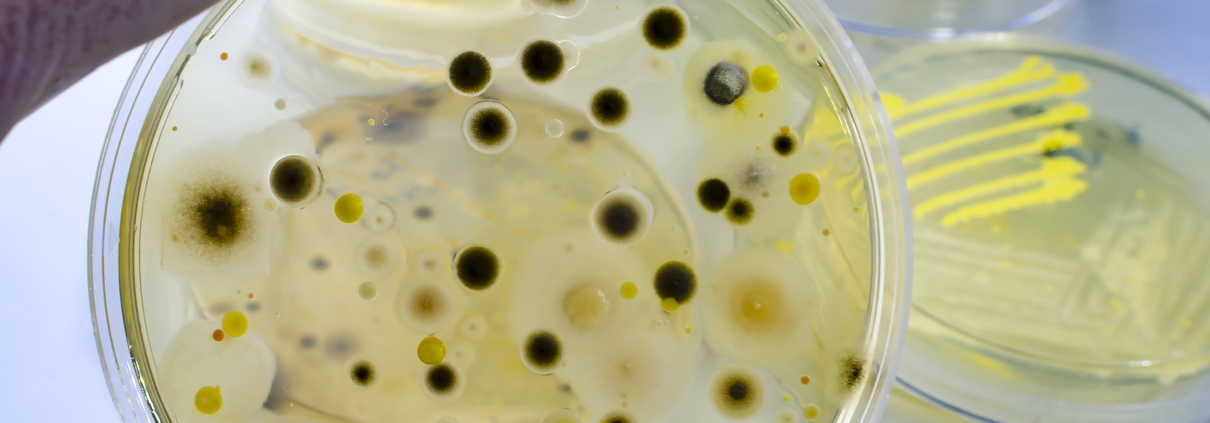What Is Mold Air Testing
Molds are another name for fungi found in the exterior and interior of houses and different buildings. The mold spores and mycelial fragments get easily distributed in the air and can easily enter our respiratory tract as we inhale the air. Thus, molds can cause severe damage to our bronchial trees and other structures in our lungs. In addition, the presence of specific types of mold species in the air can increase the level of toxic chemicals like Atranones and Satratoxin.
Simply put, mold in air quality means the presence of mold spores, mycelial fragments, toxins, and allergens in the air. Proper sampling and scientific examination are very important to find the presence of mold in air quality.
When to Take Mold Air Tests?
A house becomes the ideal place for mold air tests if there is a suspicion about mold growth or the property has already been affected. Mold air tests are especially useful preceding and following remediation in properties with moisture intrusion, musty smell, water damage, visible signs of mold growth, and conditions ideal for mold growth.
This process serves as an effective screening mechanism which ensures that no major mold infestation on the property remains undetected. Further, mold in air testing can detect the unbroken chains of molds in the air, and these chains often remain unidentified during visual inspections, surface sampling, and other examinations.
In addition, if air sampling is done following all the guidelines, it is the ideal method for assessing the difference in particle levels between a controlled and living areas. This is crucial for comparing the particle levels and air quality of a space before and after the remediation process.

What is the Process for a Mold Air Test?
A mold air test is a process of collecting air samples for laboratory examination and gathering data about mold’s presence in a building’s interior. A pump is used for the collection of air in houses and other buildings, and the pump drives the air through a collection device to capture the mold spores present.
Ideally, a sampler device is kept three to six feet off the ground and must be placed around the center of a room. Usually, the collection of air samples happens over the span of five to ten minutes per sample. However, if there are a lot of indoor activities going on or a constant supply of dust inside your house, the sampling work can take additional time.
A control or baseline sample is required to determine whether indoor air samples contain elevated levels of mold spores. Indoor sampling must happen in a livable space in your house, and the collected air sample should be of a certain quality so that it can be reproduced for assessment. Also, the doors and windows of the house must remain closed during the sample collection. In addition, exhausts, fans, or other air exchange facilities should remain switched off during the entire process.
Moreover, extreme weather conditions can be a problem for acquiring air samples and getting the right data. Conditions like harsh winds and thunderstorms can interfere with the results.

What are the Mold Air-Sampling Devices?
Different types of devices are used to examine the presence of mold in the air. The following are the commonly used air sampling devices for examining the presence of mold.
- Impaction Samplers:
These devices come with calibrated air pumps for forcing and placing mold spores on a ready microscopic slide.
- Cassette Samplers:
These devices are ideal for one-time-use purposes and are easily disposable. These samplers facilitate grabbing mold spores by the collection device by propelling air strongly.
- Airborne Particle Collectors:
These devices come with collection dishes for capturing mold spores directly. These devices are essential and effective in assessing the species of mold growing in an affected area.
Cost of a Mold Air Test
The cost of a mold air test depends on many factors. To start, it depends on the fee structure of the company you are hiring for mold in air inspection. Further, factors like the number of samples collected, devices used, and the type of laboratory tests impact the cost of a mold in air inspection. Nevertheless, a mold in air inspection may cost you anything between $200 to $500.
Final Words:
Does a mold air test really work? Yes, it does. Despite the presence of various types of mold tests, air sampling is the choicest method for detecting elevated levels of mold spores in the air.
Further, elevated levels of mold spores in the air can hint at many other problems, like unseen moisture accumulation in your home. In a nutshell, this method helps to identify the presence of mold in your property and indirectly assists in finding the root causes of mold growth. Moreover, remediation becomes easier once the presence of mold and its cause are identified.




